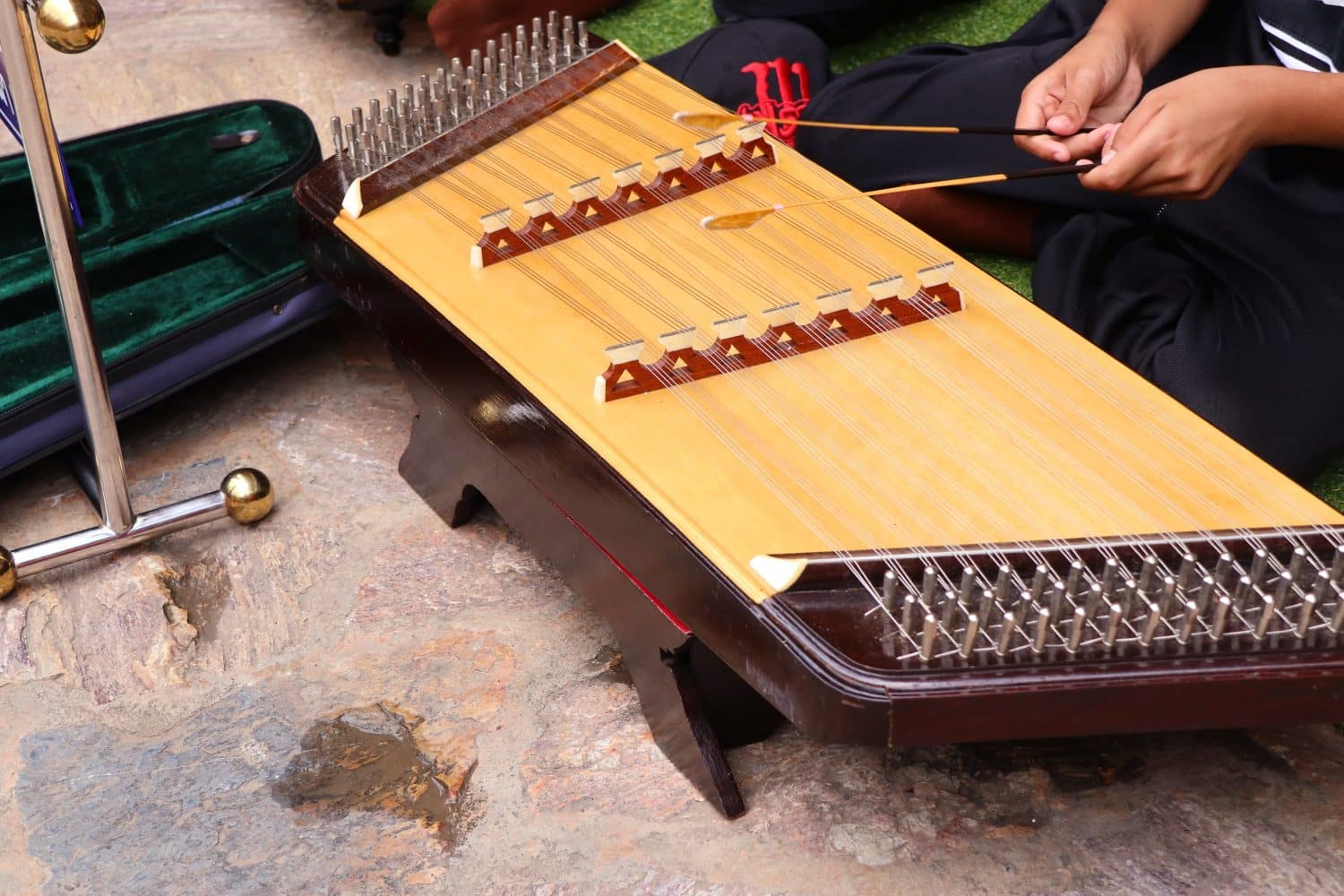Your hammered dulcimer is your pride and joy – but keeping it in top condition over the winter months can be difficult! The freezing temperatures over the winter and wildly varying humidity can wreak havoc on the condition of your dulcimer.
As a result, it’s so important that you know how to keep your dulcimer in top condition over the winter months so that it can go on creating beautiful songs and music!
How Can Winter Weather Impact Your Dulcimer?
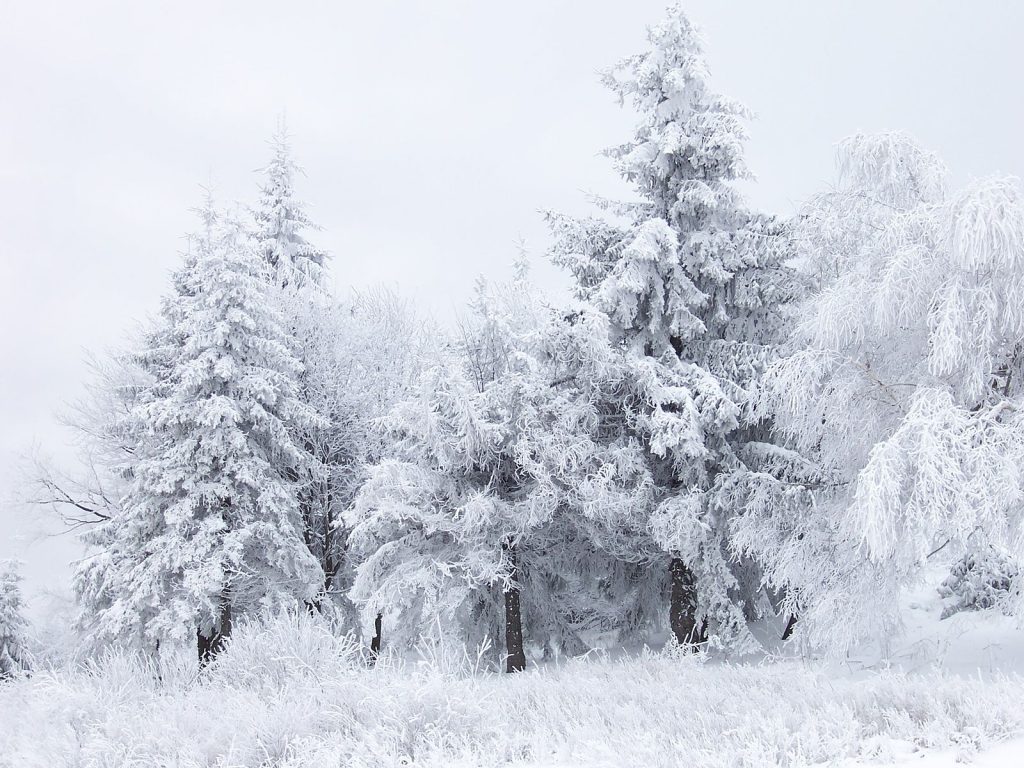
So, first of all, it’s important to know how the weather can impact on your hammered dulcimer. The cold, on the whole, won’t cause so much damage to your dulcimer. However, the moisture and humidity in the air can absolutely cause damage!
There are two important terms that you should understand for protecting your hammered dulcimer: relative humidity and moisture content.
Relative humidity is the percentage of moisture in the air. This is in comparison to the maximum capacity of moisture that the air could potentially hold; as such, the relative humidity of the air will have a big impact on how you should be looking after your hammered dulcimer to keep it in top condition. The relative humidity of the air can be measured by using a hygrometer.
Next up is moisture content, which measures the dryness of wood as opposed to the air. The moisture content of wood is measured by comparing the weight of the wood materials to the expected dry weight that the materials should have.
The higher the moisture content of the wood, the more water it has absorbed from the environment. However, wood will usually reach an equilibrium moisture content eventually and stabilize at roughly a certain moisture content. This is measured by a moisture meter.
Understanding Wood Equilibrium
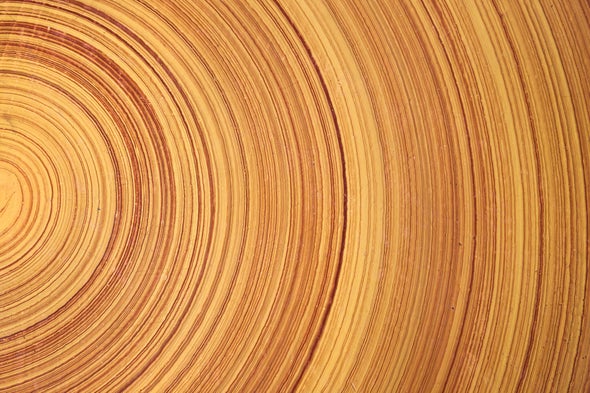
Equilibrium is achieved in many natural settings, from chemical reactions to the balance of predators and prey in habitats and environments in a sustainable manner. It’s a state whereby a balance is achieved, and change slows; in other words, it’s a state whereby balance is achieved in a system.
In the case of wood, equilibrium can be achieved when the moisture content of the wood remains about the same. The wood that your hammered dulcimer is made from will continue to lose and absorb water from the environment until it reaches a state of equilibrium with the environment. When there is a dramatic difference between the moisture content of the wood and the surrounding air, the wood will absorb or dry rapidly; however, if the moisture content of the wood and the relative humidity of the air are largely similar, the drying or absorbing process will slow down.
This is similar, in a way, to a towel. If you left a wet towel outside on a hot day, it would rapidly dry out, but this isn’t the case on a day where the air is saturated with moisture and humidity is high. Even if the temperature was the same, the high humidity would slow down the drying process greatly, and the towel might not even dry!
Wood equilibrium gives us the answers we need to understand how winter weather can impact your hammered dulcimer.
How Winter Air Can Damage your Hammered Dulcimer
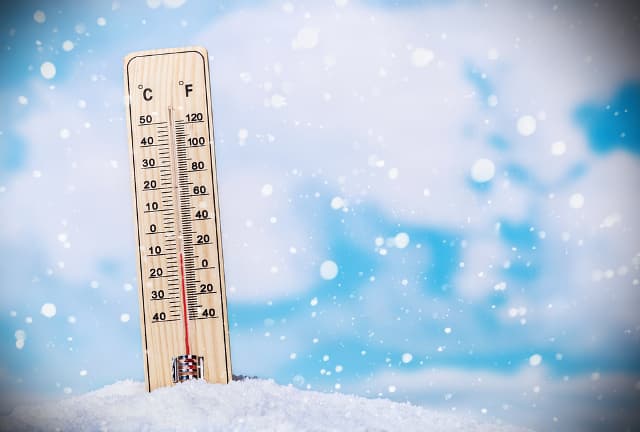
Your hammered dulcimer is likely made from wood, and as a result, it’s prone to experiencing damage due to moisture content. Because winter air has been so greatly chilled, it’s unable to hold vast amounts of moisture. However, cold air that is allowed into the home – and then heated up quickly – will suddenly experience a massive drop in relative humidity. Oftentimes, these relative humidities will fall below the accepted safe range for musical instruments that are made from wood of 40-60%.
As a result of this, dryness cracks can be incredibly common and damaging for your dulcimer; this is because the wood of your dulcimer will shrink noticeably – and this creates stress in the wood that is eventually relieved in the form of a crack.
Laminated Wood is Less Likely to Crack
If your dulcimer is made with hammered wood then it will be less likely to crack than generic models, due to the layering effect of the materials. The perpendicular grain of each laminated layer makes laminated hammered dulcimers less prone to expansion and shrinkage. And, as such, they are hardier options if you’re worried about damage – but they can’t give quite the same rich tonal depth and character of a solid wood model.
How to Protect your Hammered Dulcimer
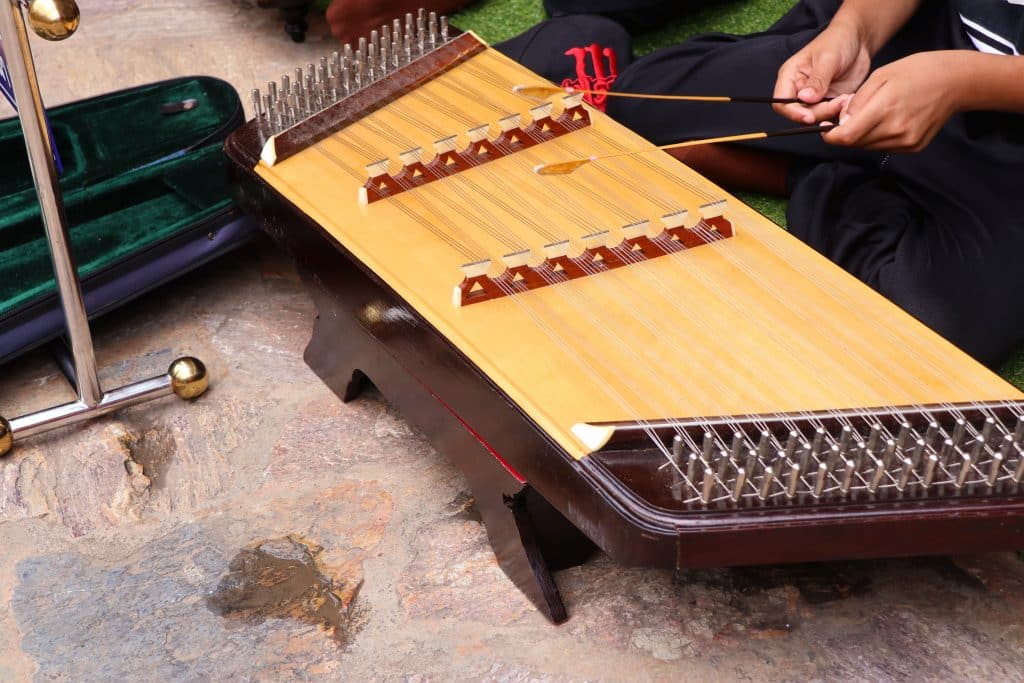
The winter months are upon us, and so, now is the time to make sure you’re giving your hammered dulcimer the attention and care it needs to stay safe and in good working order this winter.
So, how can you protect your hammered dulcimer this winter? Follow these top tips to make sure your hammered dulcimer doesn’t get too, well, hammered by the cold and wet winter weather!
First, it’s important to note that, even with your best efforts, there’s only so much you can do to protect your hammered dulcimer from cracks and expanding. After all, it’s made from wood and so is prone to these kinds of breaks with bad weather! However, it’s fortunate to note that there are still a few things you can do to protect your dulcimer.
Try measuring the relative humidity of the environment on a regular basis. A hygrometer can be used to measure the air humidity, and the accepted range of safety for well made wooden dulcimers is between 40 and 60% RH. If the humidity strays outside of this bracket, you may want to invest in an air conditioning system or a humidifier for your home to keep it somewhere in this sweet spot – keeping your dulcimer safe.
Having a case for your dulcimer can also be a good way to protect it. Some cases even come with built-in mini humidifiers to create an environment that is the perfect relative humidity to keep your dulcimer in top condition.
Final Thoughts
Your dulcimer is likely made of wood, and this means that it could expand or shrink with weather changes and differing humidity in the air. However, there are plenty of ways to keep your dulcimer, even during the cold and damp winter months.
Check out this guide on the best hammered dulcimers if you’re in the market for one.

